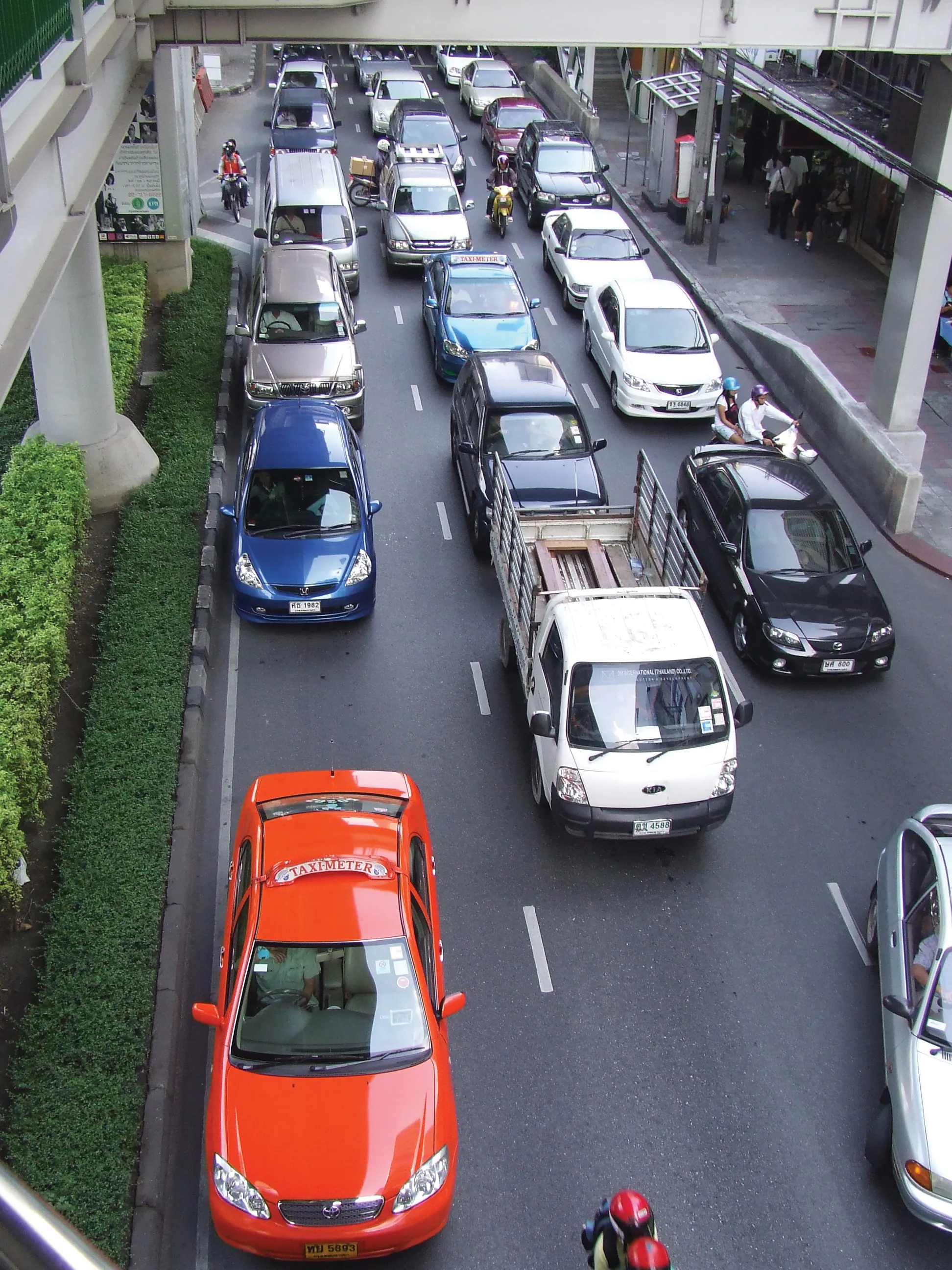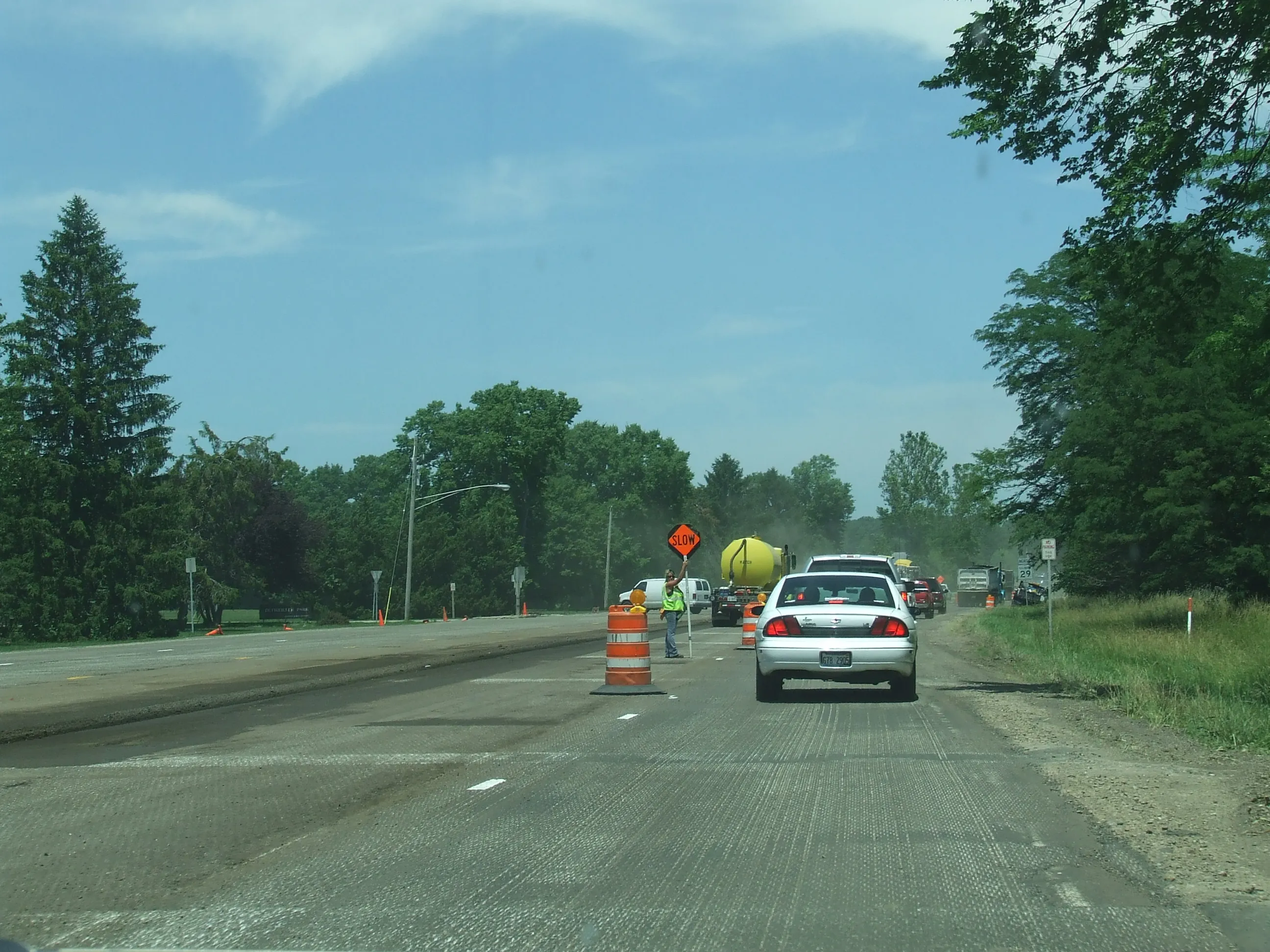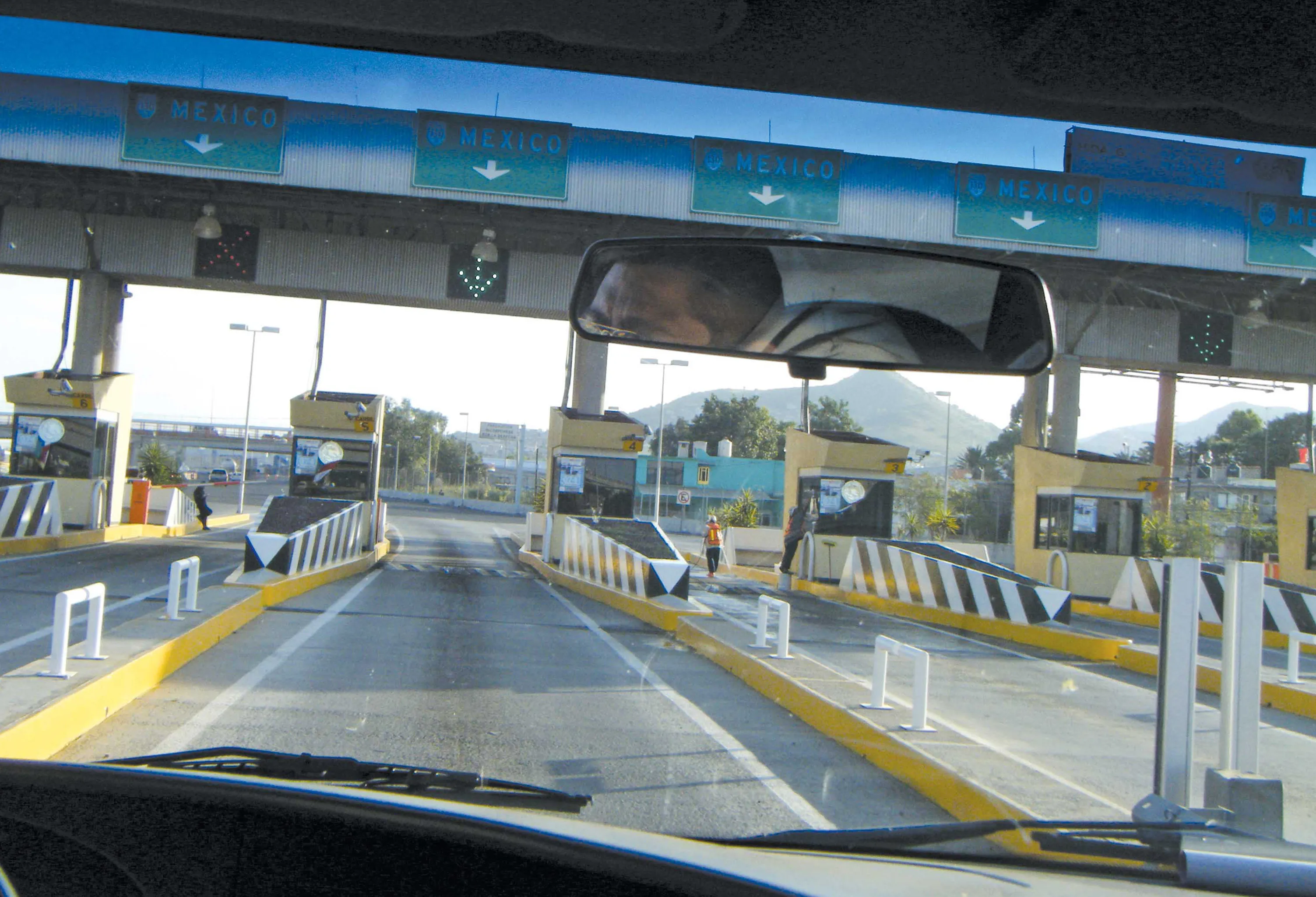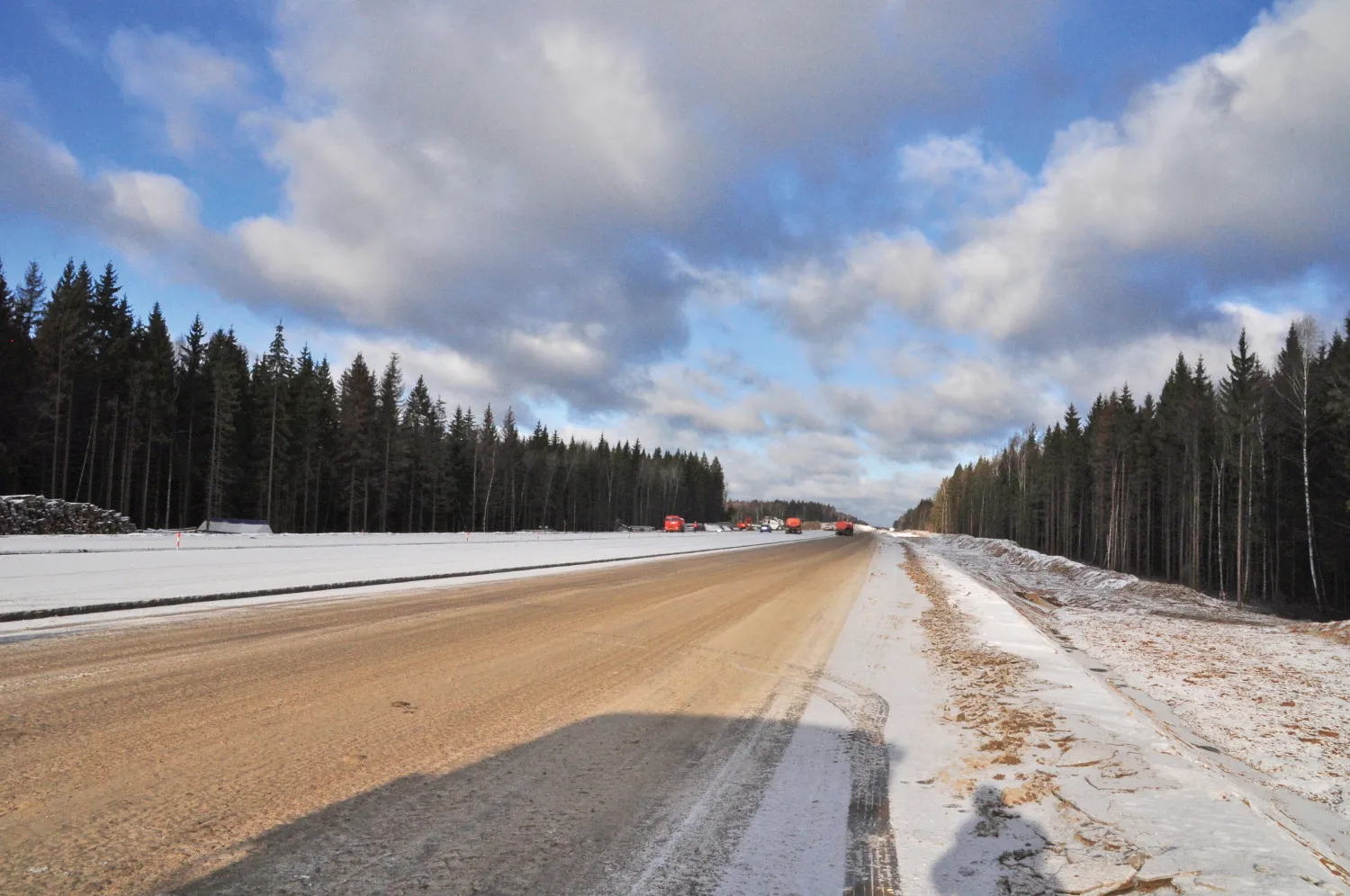The final hurdle regarding land settlement has been cleared for Auckland’s ambitious US$274 million Penlink Highway.
The 7km route will improve access to the Whangaparaoa Peninsula but it could be up to 20 years before construction starts, according to a report in the New Zealand Herald newspaper.
The local authority-controlled Auckland Transport hasn't decided if it will pay for the proposed four-lane toll road that would include a 540m bridge over the Weiti River. An Auckland Transport spokesman said
August 9, 2016
Read time: 2 mins
The final hurdle regarding land settlement has been cleared for Auckland’s ambitious US$274 million Penlink Highway.
The 7km route will improve access to the Whangaparaoa Peninsula but it could be up to 20 years before construction starts, according to a report in the New Zealand Herald newspaper.
The local authority-controlled Auckland Transport hasn't decided if it will pay for the proposed four-lane toll road that would include a 540m bridge over the Weiti River. An Auckland Transport spokesman said they did not have construction funding but were "regularly reviewing the priority" for Penlink.
The newspaper reported that the promoters estimate Penlink could attract 16,600 vehicles per day and use a toll system similar to the Northern Gateway - the first toll road in New Zealand to be fully electronic. Northern Gateway extends the Northern Motorway (SH1) 7.5km further north from Orewa to Puhoi.
Auckland Chamber of Commerce chief executive Michael Barnett recently wrote an opinion article for in the Herald, saying that Penlink's cost would be "modest" compared with the recent larger projects. Its benefit-cost ratio of 2.9 also gave it a rating higher than several of NZTA's Roads of National Significance, he reportedly said.
The 7km route will improve access to the Whangaparaoa Peninsula but it could be up to 20 years before construction starts, according to a report in the New Zealand Herald newspaper.
The local authority-controlled Auckland Transport hasn't decided if it will pay for the proposed four-lane toll road that would include a 540m bridge over the Weiti River. An Auckland Transport spokesman said they did not have construction funding but were "regularly reviewing the priority" for Penlink.
The newspaper reported that the promoters estimate Penlink could attract 16,600 vehicles per day and use a toll system similar to the Northern Gateway - the first toll road in New Zealand to be fully electronic. Northern Gateway extends the Northern Motorway (SH1) 7.5km further north from Orewa to Puhoi.
Auckland Chamber of Commerce chief executive Michael Barnett recently wrote an opinion article for in the Herald, saying that Penlink's cost would be "modest" compared with the recent larger projects. Its benefit-cost ratio of 2.9 also gave it a rating higher than several of NZTA's Roads of National Significance, he reportedly said.









